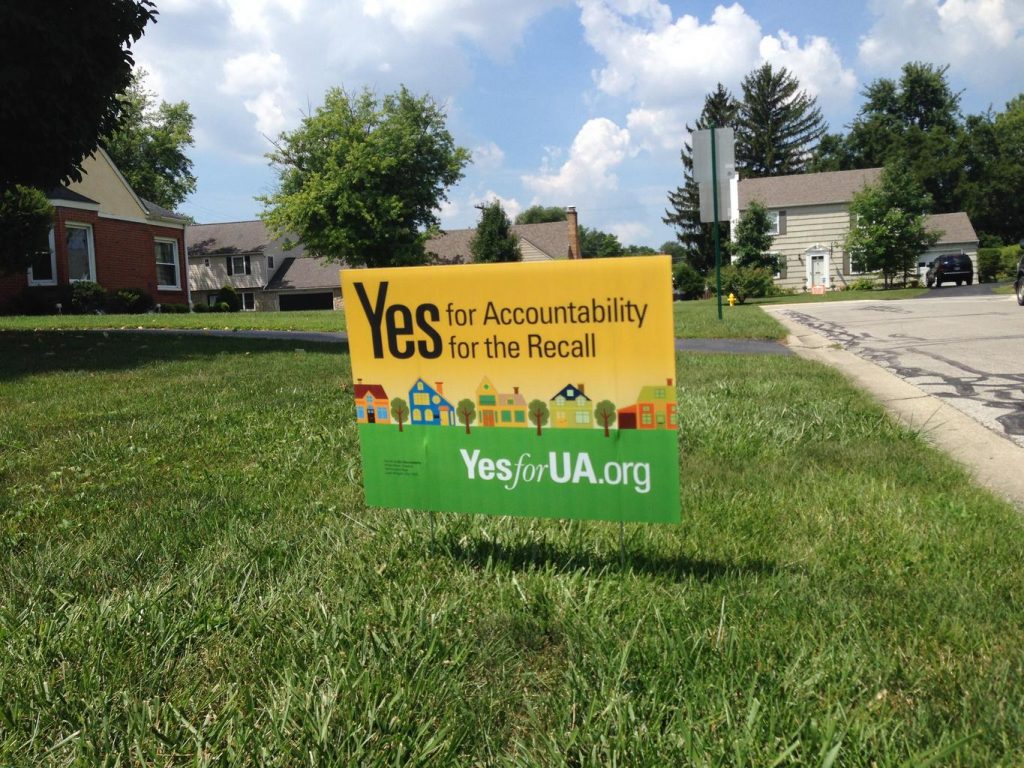
Table of Contents
- Introduction
- Federal Regulations
- State and Local Laws
- Homeowners Association (HOA) Rules
- Common Restrictions and Guidelines
- Penalties for Non-Compliance
- Tips for Legal Compliance
- Conclusion
When it comes to promoting events, political campaigns, or businesses, yard signs are a popular choice due to their visibility and effectiveness. However, many people wonder about the legality of yard signs. Are they legal everywhere? Are there restrictions? This blog post aims to answer these questions and provide a comprehensive guide to the legal aspects of using yard signs.
Introduction
Yard signs are a versatile marketing tool used for various purposes, from political campaigns to real estate advertising. While they are a great way to get a message across, it’s important to understand the legal framework surrounding their use to avoid potential fines and penalties.
Federal Regulations
At the federal level, there are minimal regulations concerning yard signs. The Federal Election Commission (FEC) has some guidelines for political signs, particularly regarding disclosure requirements for signs advocating for or against a candidate. However, most regulations are left to state and local authorities.
Federal Election Commission (FEC) Guidelines
- Disclosure Requirements: Political signs must include disclaimers identifying who paid for the sign and whether it was authorized by a candidate.
- Prohibitions: Placing signs on federal property or on areas controlled by federal entities (like national parks) is generally prohibited.
State and Local Laws
State and local governments have the primary authority to regulate yard signs. These regulations can vary widely depending on the jurisdiction, and they cover aspects such as size, placement, and duration of display.
Examples of State Laws
- California: Allows temporary political signs to be displayed up to 90 days before an election and must be removed within 10 days after the election.
- Texas: Permits political signs on private property with the owner’s consent but restricts placement within the public right-of-way.
Local Ordinances
Local governments often have more specific regulations that can include:
- Sign Size: Limits on the dimensions of yard signs.
- Placement: Rules about how far signs must be from the road or property boundaries.
- Time Restrictions: Durational limits on how long a sign can be displayed.
Homeowners Association (HOA) Rules
In addition to state and local laws, homeowners associations (HOAs) may have their own rules regarding yard signs. These rules can be stricter than local ordinances and typically cover:
- Types of Signs Allowed: Some HOAs only allow certain types of signs, such as for-sale signs or security notices.
- Size and Placement: Restrictions on the size and specific locations where signs can be placed.
- Approval Processes: Requirements to obtain HOA approval before displaying a sign.
Common Restrictions and Guidelines
Understanding common restrictions and guidelines can help ensure that your yard signs comply with the law and local norms.
Size and Height
Most jurisdictions have restrictions on the size and height of yard signs. Typical limitations include:
- Size: Signs often must be less than a certain square footage (e.g., 6 square feet).
- Height: Maximum height limits, often around 3-5 feet, including the stake.
Placement
Placement rules generally aim to ensure visibility and safety:
- Distance from Roadways: Signs must often be placed a certain distance from the curb or road to avoid obstructing views.
- Property Boundaries: Signs may need to be a set distance from property lines to prevent disputes with neighbors.
Duration
Some areas have time limits on how long yard signs can remain displayed:
- Temporary Signs: Often limited to specific time frames, such as 30 days before an event and a few days after.
- Permanent Signs: Must comply with more stringent regulations if they are allowed at all.
Penalties for Non-Compliance
Failing to adhere to yard sign regulations can result in penalties, including fines or the removal of your signs.
Examples of Penalties
- Fines: Monetary penalties vary but can be significant, especially for repeat offenses.
- Sign Removal: Authorities may remove non-compliant signs, sometimes without notice.
Tips for Legal Compliance
To avoid penalties and ensure your yard signs are compliant, consider the following tips:
Research Local Laws
- Contact Local Authorities: Reach out to city or county offices to understand specific regulations.
- Review HOA Rules: If you live in an HOA, review their guidelines thoroughly.
Obtain Necessary Permits
- Permit Requirements: Some jurisdictions require permits for certain types of signs. Ensure you obtain and display these permits as needed.
Follow Best Practices
- Visibility and Safety: Place signs where they won’t obstruct views or create hazards.
- Respect Property Lines: Make sure signs are within your property boundaries.
Conclusion
While yard signs are a highly effective way to communicate messages, their use is governed by a complex set of regulations at various levels. By understanding and adhering to these laws, you can ensure your yard signs are both effective and legal.
Yard signs can be a powerful tool for advertising and communication when used correctly. By following the guidelines and tips outlined in this post, you can maximize their impact while staying on the right side of the law. Always remember to check the specific regulations in your area, as these can vary widely and are subject to change.
